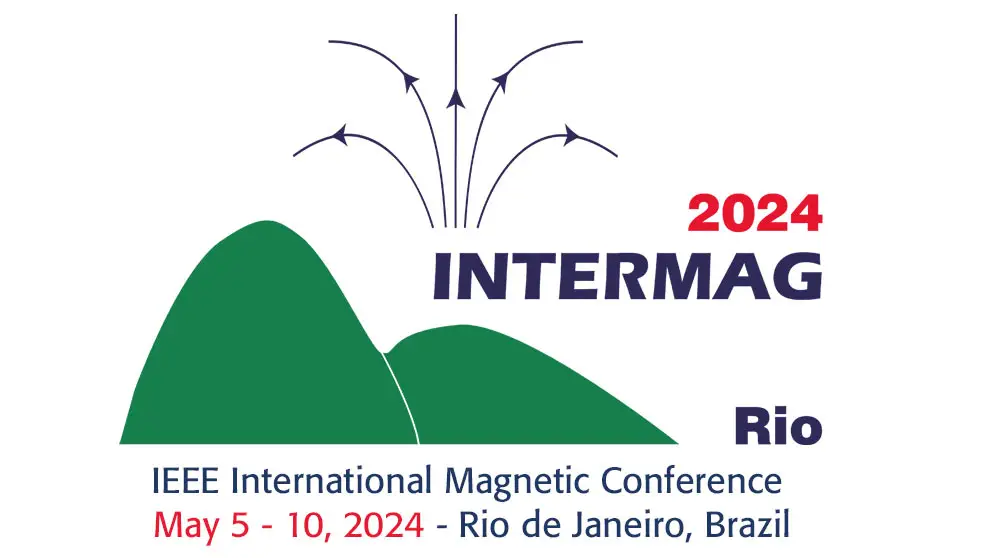VP12-06: Investigation on sensorless operation of two new fault-tolerant interior permanent magnet motors with tradeoff of fault tolerance and flux-intensifying effects
Li Zhang, Sisi Deng, Xiaoyong Zhu and Zixuan Xiang
Poster Virtual Only
31 Oct 2023
Owing to the advantages of high-power density, high efficiency, and good fault tolerance, the fault-tolerant interior permanent magnet (FT-IPM) motor is favored for high-reliability applications [1]. To further improve the reliability of the motor system, sensorless control technologies were employed in the FT-IPM motor drive [2]. Most previous studies regarding FT-IPM motors aim to improve fault-tolerant capability but suffer the saliency characteristic problem, which is unfavorable for sensorless control. In [3], to improve the sensorless operation capability, the design idea of flux-intensifying effect was innovatively proposed. Typically, for FT-IPM motors, the fractional slot concentrated-windings (FSCWs) is applied to improve fault tolerance [4]. Yet, the use of FSCWs will increase the cross-axis magnetic circuit coupling, which results in a great challenge to achieving obvious inverse saliency. Thus, how to improve the sensorless operating capacity needs to be solved urgently under the premise of ensuring good fault-tolerant capacity. Inspired by this, two new five-phase FT-IPM motors are developed and compared from perspective of flux-intensifying effect. Fig. 1 shows the configuration of the two proposed motors. The cross-section of the partial rotors, with different rotor structures and slot-pole combinations, are presented in Fig. 2. Then, the proposed motors are compared comprehensively from the aspects of inductance characteristics, fault-tolerant performances, and back-EMF, respectively. Fig. 3 shows d- and q-axis inductance characteristics of two motors vary with q-axis current, showing the flux-intensifying effect. To illustrate the fault-tolerant capacity, Fig. 4 illustrates the winding inductances of phase A. Fig. 5 compares the current responses of the two motors under phase-A short-circuit condition. Finally, Fig. 6 displays the experimental no-load back-EMF waveforms of both prototypes at rated speed, which verifies the effectiveness of the proposed FT-IPM motors with flux-intensifying effect design. More details about the fault-tolerance and sensorless operating performances of two motors with different features analyzed and experimental verification will be presented in the full paper.References: [1] L. Zhang, X. Zhu, and L. Xu, IEEE Trans. Ind. Electron., vol. 69, no. 7, pp. 6688-6699, (2022). [2] L. Zhang, Y. Fan, and C. Li, IEEE Trans. Energy Convers., vol. 33, no. 1, pp. 87–95, (2018). [3] N. Limsuwan, Y. Shibukawa, and D. D. Reigosa, IEEE Trans. Ind. Appl., vol. 47, no. 5, pp. 2004-2012 (2011). [4] Y. Fan, R. Cui, and A. Zhang, IEEE Trans. Veh. Technol., vol. 69, no. 1, pp. 282-292, (2020).


